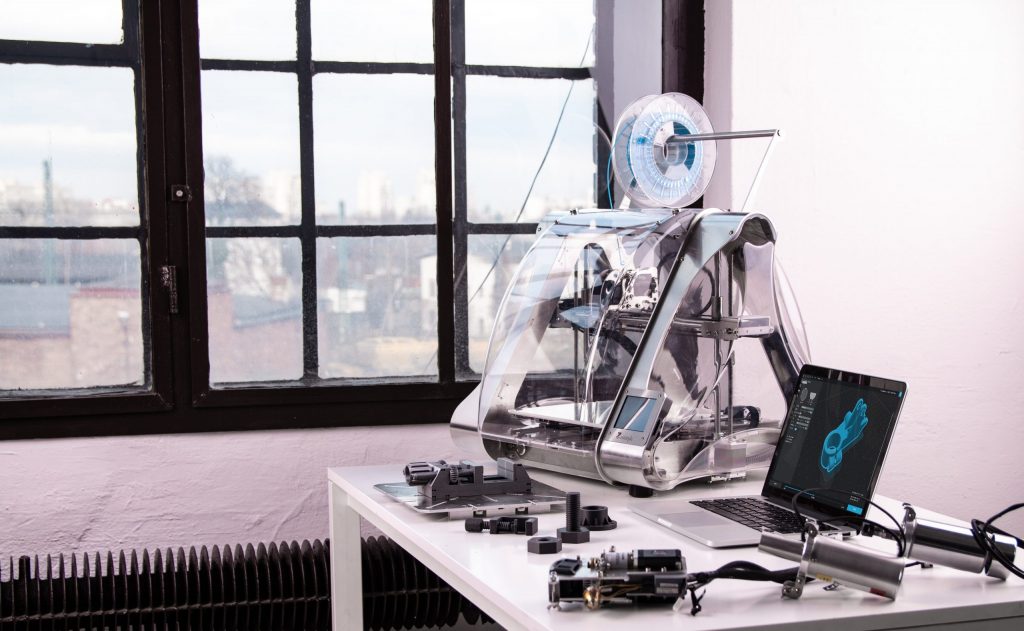Technological advances can impact industries to varying degrees, and manufacturing is especially well placed to leverage the latest innovations to its advantage. The rise of computerized milling machines in recent years has empowered businesses of all sizes, improving efficiency and reducing waste.
Here is a look at how new trends will shape this ecosystem going forwards, and what challenges lay in the path of the manufacturers that aim to embrace them.
 Software accessibility
Software accessibility
One of the main barriers to entry in terms of the uptake of CNC milling machines in the past was the relative complexity of the software needed to unlock their full potential.
Workers would either need to get extensive hands-on experience with the relevant solutions, or undergo expensive training on behalf of their employers to ensure their proficiency with the necessary programs.
To an extent this excluded smaller operations from adopting this kind of equipment, while favoring larger firms with the budgets big enough to encompass this.
Thankfully, just as second-hand CNC milling machines act as an affordable and accessible alternative to new gear, the accessibility and user-friendliness of the software has increased exponentially.
This is partly due to the fact that the software is no longer solely targeting commercial users, but also aims to appeal to the consumer market, requiring developers to lower the barrier to entry and make solutions that are as intuitive as possible, rather than innately arcane.
Axis additions
The more axes a CNC milling machine can operate along, the more flexible and versatile it can be in terms of the shape and size of the materials it can manage and the complexity of the parts it can produce.
Cutting edge equipment available on the market today is based around a 5-axis configuration, which has a number of other benefits to bring to the table, chiefly in terms of efficiency. More axes of operation means that there is less need to manually re-orient materials or change tooling part way through processing, which increases the output of an individual CNC milling machine.
That is not to say that equipment with fewer axes have been rendered redundant, but rather that they have roles to play in smaller scale operations, while larger manufacturing organizations are in a position to optimize their workflows thanks to machinery innovation.
Computational power
The speed with which CNC machines can operate is not solely down to the raw power of the onboard motors, but also depends upon the amount of number-crunching grunt that is at the disposal of the controllers that manage how they operate.
Indeed it is thanks to the upgrades to controller CPUs in recent years that even older machines can be given a new lease of life, with the quicker clock speeds allowing for faster and more efficient equipment operation.
More powerful processors in workstations also mean that the modeling and design work required to create the templates upon which CNC milling machines base their operations can be completed in less time. Thus at every point in the chain, improvements have been made and time has been saved thanks to technology’s influence.
 Material adaptability
Material adaptability
CNC milling machines have been required to contend with the competitive threat posed by additive manufacturing techniques in the past decade, and so more brands have chosen to adapt and program their equipment to encompass compatibility with a broader range of material types.
Being able to work with more varieties of metals, as well as a host of plastics and even composite materials, means that modern CNC techniques are more versatile than ever.
This flexibility and efficiency will continue to see this equipment remain relevant long into the future, even as other solutions are developed to function alongside CNC milling machines.




 Material adaptability
Material adaptability





